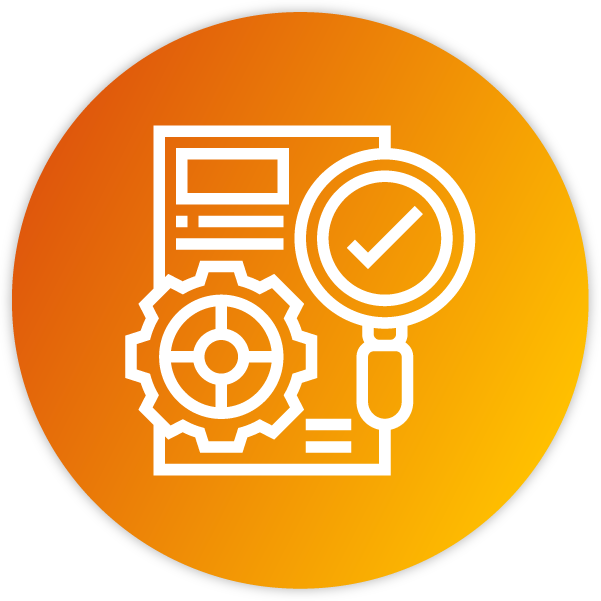Launching a new product is always a risk. It’s one that can be somewhat mitigated by due diligence and market research, but it’s a risk all the same. But what if you could harness millions of data points and use sophisticated predictive modeling techniques to forecast consumers’ probable reaction to a new product?
Our client, a US-based multinational food conglomerate, wanted to improve the accuracy of their trial, repeat, and yearly sales predictions. To do this, they turned to digital twinning, creating a virtual model of their client base that had the potential to transform future predictive capabilities.
Up to 90% Accuracy and a Clear View of Decision Drivers
A digital twin is a highly complex model of a physical entity – in this case, a consumer base. Its detailed nature allows experts to forecast changes and reactions accurately. In our client’s case, this led to:

90% accuracy in predicting a new product’s sales (trial, repeat, yearly) and market share over 1 year.
Isolating multiple factors and drivers of customers’ acceptance/rejection of a product.
This tool also enabled our client to create dynamic benchmarks for new products and simulate product performance based on different targets, need states, and product characteristics.
Multiple Models Get the Most from Data
A critical part in this project’s success was the data. We had multiple sources to work with, including customer raves and complaints, disaggregated panel data, trial/repeat data, in-market sales, media spend, distribution, etc. We then developed advanced parametric time series models for trial, repeat, and additional repeat purchases over monthly period for 1 year.
Next, we used a clustering algorithm to find groups of new products that had different drivers but similar market performance projections. We used these clusters to evaluate how new products’ success would impact the cluster as a whole. Then we built an AI- and ML-based regression model that predicted sales and market share for individual products.


Greater Accuracy = Potential Savings
Using advanced modeling and multiple data sources allows our client to achieve greater accuracy in their new product predictions. The simulation of product performance combinations and their impact is much easier, as is identifying which variables affect products’ success. Thus, they can now tweak offerings and gauge consumer reaction pre-launch – potentially saving huge amount of time and money




























